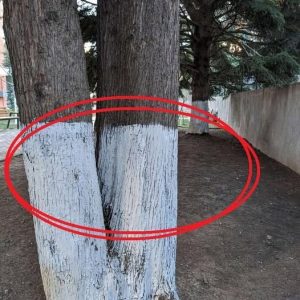This guide explores potentially harmful household encounters backed by verified information from health and environmental agencies. When in doubt, remember: Don’t touch—get help.1. Brown Recluse Spider (Loxosceles reclusa)
While many household spiders are harmless, the brown recluse spider is one species that poses medical concern. Found primarily in the Midwestern and Southern United States, it typically hides in dark, undisturbed areas such as closets, basements, attics, and behind furniture.
The brown recluse can be identified by a distinct violin-shaped marking on its back. Although bites are rare and usually occur when the spider is accidentally pressed against skin (e.g., while dressing), they can cause localized tissue damage and, in rare cases, systemic symptoms.What Experts Say:According to the Centers for Disease Control and Prevention (CDC), the reaction to a brown recluse bite varies widely. Some bites may heal without intervention, while others may lead to serious skin necrosis. Immediate medical attention is recommended if you suspect a bite.What to Do:
Do not attempt to kill or capture the spider.
Contact pest control professionals for proper identification and management.
If bitten, seek medical attention promptly.2. Coral Snake (Micrurus spp.)
In warmer regions such as the Southeastern United States, the coral snake is another rare but serious threat. These snakes are brightly colored with bands of red, yellow, and black, and while reclusive and non-aggressive, they are among the most venomous snakes in North AmericaDue to their similar appearance, coral snakes are often confused with non-venomous lookalikes, such as the scarlet kingsnake. However, attempting to distinguish them during an encounter is not recommended.
What Experts Say:
The Florida Museum of Natural History advises that coral snake bites are uncommon, but the neurotoxic venom can cause serious health complications if not treated with antivenom.
What to Do:


